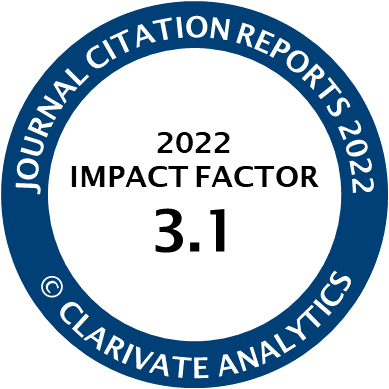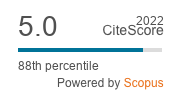Article | Open Access
Methodological Reflections on Capturing Augmented Space: Insights From an Augmented Reality Field Study
| Views: | 1312 | | | Downloads: | 724 |
Abstract: The growing popularity of augmented reality has led to an increased overlaying of physical, offline space with digital, augmented space. This is particularly evident in the public space of big cities, which already feature a multitude of holographic content that can be experienced via augmented reality devices. But how can we methodically capture the interrelation between physical and augmented space? In this augmented reality field study, a historical building was holographically reconstructed in its original size on a public city square. The test people were then able to move around and view the hologram from different angles via high-tech augmented reality glasses. Due to its explorative character and constantly changing field conditions, including, among other things, the Covid-19 pandemic, we had to critically reflect and adapt our methods to take into account technical, environmental, social, operationalisation, and recruitment issues. After evaluating our solutions to these issues, this article aims to illustrate the methodological challenges and opportunities of augmented reality field studies and to provide an overview of best practices for capturing the interrelationship of physical and augmented space.
Keywords: augmented reality; augmented space; locative tracking; methodology; polarity profiles; spatial meaning; spatial movement; spatial perception; thinking aloud
Published:
© Moritz Schweiger, Jeffrey Wimmer. This is an open access article distributed under the terms of the Creative Commons Attribution 4.0 license (http://creativecommons.org/licenses/by/4.0), which permits any use, distribution, and reproduction of the work without further permission provided the original author(s) and source are credited.




